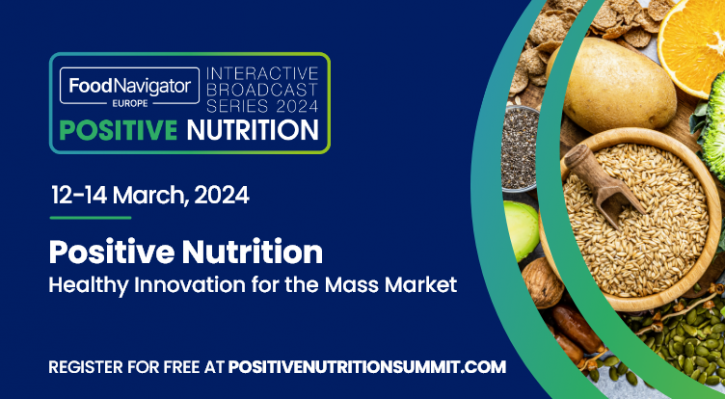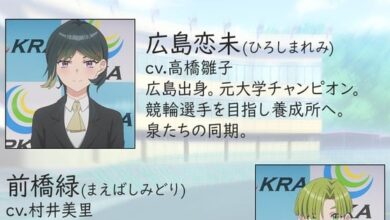Can links be drawn between Nutri-Score and ultra-processed food?

In France, new research has sought to compare the well-known front of pack (FOP) nutrition labelling scheme Nutri-Score (both its initial and updated version) with the Nova classification system.
Researchers from Sorbonne Paris Nord University and France’s public health agency (Santé Publique France) applied both Nutri-Score algorithms and Nova to 129,950 food products in the OpenFoodFacts database to compare their classifications.
The findings do suggest a trend, but whether the two systems should be compared as complementary health measurements is up for debate.
Nutri-Score updates impact scoring of Nova categories
When foods were ranked using the initial Nutri-Score algorithm and the Nova classification system, the researchers found that 77.9% of foods categorised as ‘ultra-processed’ also received medium to low Nutri-Score ratings.
When using the updated Nutri-Score algorithm, 87.5% of ‘ultra-processed’ products received medium to poor Nutri-Score ratings.
How do Nutri-Score and Nova assess food and drink products?
Nutrition labelling scheme Nutri-Score was developed in France in 2017. Its algorithm ranks food from -15 for the ‘healthiest’ products to +40 for those ‘less healthy’. Based on this score, the product receives a letter with a corresponding code: from dark green (A) to dark orange (E).
The Nova classification system was developed two years later in Brazil by professor of nutrition and public health at the University of Sao Paulo, Brazil. The system splits levels of food processing into four classifications: from raw and minimally processed foods; to processed culinary ingredients; processed foods; and ultra-processed foods. This last category is an ‘industrial creation’ by definition.
The updated Nutri-Score algorithm refers to changes adopted in 2022 and 2023 for food and beverage products respectively. Under the latest version, nuts and seeds are no longer included in the ‘fruit, vegetables, legumes’ component, but in the ‘fats, oils, nuts and seeds’ component. Other changes include enhanced differentiation between sweetened and unsweetened dairy products, and well as between different types of cheese.
The beverage algorithm update lowers the classification for beverages with non-nutritive sweeteners such as soft drinks. The only beverage that can achieve the highest score of Nutri-Score A is now water. All other beverages, including naturally low-calorie beverages, will be classified between B and E.
Drawing links between Nutri-Score and Nova
The updated Nutri-Score algorithm means that means that fewer products were rated A and B, and more were rated D and E, for all Nova categories. Nova classification 1 (unprocessed) foods were impacted the least (3.8%) and Nova classification 4 (ultra-processed) were most significantly impacted (-9.8%).
“Among ultra-processed foods rated favourably with the initial Nutri-Score, artificially sweetened beverages, sweetened plant-based drinks and bread products were the most penalised categories by the revision of Nutri-Score while low-sugar flavoured waters, fruit and legume preparations were the least affected,” noted the study authors.
The researchers concluded the update of the Nutri-Score reinforces its coherence with the NOVA classification, even though both systems measure two distinct health dimensions at the food level.
Should the Nutri-Score algorithm incorporate Nova?
According to the researchers, one of the criticisms levelled against the Nutri-Score is that it does not consider the degree of processing in its algorithm. As it stands, only information on nutritional quality is directly available to consumers through FOP labelling, which is why the study authors believe exploring the alignment between the two systems is important.
This study is the first time the effect of the updated Nutri-Score algorithm has been compared to Nova, with the researchers finding that the newer version does appear to be more aligned: significantly fewer ultra-processed foods (UPF) are rated favourably.
But further research is needed to identify the mechanisms by which UPF affects health and how they interact with nutritional quality, noted the researchers. “Such information is required if we want in the future to further upgrade the algorithm of the Nutri-Score by integrating both dimensions.
“Meanwhile, health authorities should communicate on how to use the Nutri-Score adequately, while promoting the consumption of minimally processed foods.”
Policymakers have advised people restrict UPF consumption. The UN World Health Organization (WHO) and Food and Agriculture Organization (FAO) have previously recommended this, and countries including Brazil, France and Canada have updated their national dietary guidelines with recommendations to limit UPFs.
Arguing against blanket UPF restrictions in nutrition guidelines
But not all agree they should. According to food systems researcher Jenny Chapman, policymakers should promote foods that are both healthier and more sustainable, irrespective of their degree of processing.
Not enough evidence exists to label foods as UPF on the basis of health, Chapman told FoodNavigator. “The Nova categories are poorly defined and plenty of studies show food scientists disagree, to a statistically significant extent, what belongs where – even when provided with ingredients lists.”
The definition is also so enormous that Chapman judges it ‘impossible’ to know ‘where to draw the line’. “If something is extruded but contains no preservatives, would you call it UPF? Label policies need these lines to be drawn.”
But perhaps Chapman’s greatest argument against the use of ‘ultra-processed’ in the nutrition debate lies in the development of Nova itself. The classification system was devised as a sociopolitical framework and never intended to be applied to food by nutrition scientists, she argues in recent research. “It’s not a scientific definition…and doesn’t have a place in nutrition science. [Nova creator] Monteiro’s original definition was never intended to group foods on the basis of whether they were healthy or not.”
Source: Public Health Nutrition
‘Complementarity between the updated version of the front-of-pack nutrition label Nutri-Score and the food-processing Nova classification’
Published online 1 February 2024
DOI: 10.1017/S1368980024000296
Authors: Barthelemy Sarda, Emmanuelle Kesse-Guyot, Chantal Julia et al.
Interesting to learn more about ultra processing in the food and beverage industry? Tune into our ‘Reformulation and Fortification’ session at FoodNavigator’s upcoming Positive Nutrition event 12-14 March 2024.


